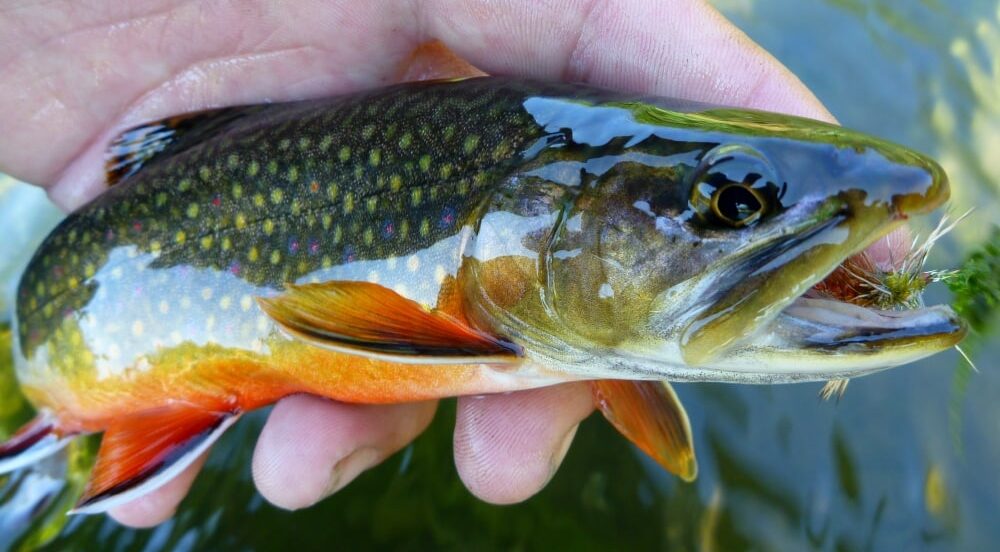Credits & Citations
Photo Credits
HOME background | Bob White Studio
FUNDING background | B. Robson for Tainter Creek Farmer-led Council
PROGRAMS background | Farmers for Tomorrow Farmer-Led Council
SOIL HEALTH & WATERSHED GROUPS background | Howard County Iowa Soil & Water Conservation District
NETWORK OPPORTUNITIES background | Tainter Creek Farmer-led Watershed Council & Valley Stewardship Network
RESOURCES background | Amy Smith for NewGround
BASIN FISH background | Alissa Maloney
WHAT IS A WATERSHED? background | Robert Hurt
WHAT IS A WATERSHED? video | Caring for Our Watersheds.com
CONTACT background | Jo Daviess County Soil & Water Health Coalition
ABOUT US background | Shoal Creek Woodlands for Wildlife Farmer-Led Committee
PRIVACY STATEMENT, TERMS OF USE, CREDITS & CITATIONS background | Justin Carroll, Winona Fly Factory
Unless otherwise identified, remaining photos on this the site have been created by Fishers & Farmers staff or are provided by participants in Fishers & Farmers Partnership for the Upper Mississippi River Basin programs.
Citations
1 When sediment covers gravel streambeds, smallmouth bass can’t spawn.
“Excessive sedimentation reduces the availability of gravel and cobble essential for spawning and feeding and fills in pools needed for cover by smallmouth bass and other species.”
Mason, J. W., D. J. Gruczyk, and R. A. Kerr. 1991. Effects of runoff on smallmouth bass populations in four southwest Wisconsin streams. Pages 28–38 in D. C. Jackson, editor. First International Smallmouth Bass Symposium. Mississippi Agricultural and Forestry Experiment Station, Nashville, Tennessee.
Forbes, A. M. 1985. Summary of survey data for smallmouth bass in Wisconsin streams, 1952- 80. Wisconsin Department of Natural Resources, Madison, Research Report 133.
2 Fish kill due to turbidity decreased 60% when conservation tillage and stream buffers were added.
“‘Lethal’ fish events from suspended sediments in the cool water watershed decreased by 60 percent as conservation tillage and riparian buffers increased.”
Westra, J. V.; Zimmerman, J. K. H.; and Vondracek, B. “Bioeconomic analysis of selected conservation practices on soil erosion and freshwater fisheries.” Journal of the American Water Resources Association 41(2): 309-322. (2005).
3 The market size of the fishing industry, by revenue, is estimated at $11.5 billion.
United States Securities & Exchange Commission; sec.gov.
4 “River and Basin Facts. ”Upper Mississippi River Basin Association. January 4, 2016. Web. Accessed January 6, 2016.
5 “Mississippi River Facts.” National Park Service. December 12, 2015. Web. Accessed January 6, 2016.
Website Development
Positioning of Fishers & Farmers Partnership, messaging, website concept/art direction, content development and project management by NewGround, Inc.
Website programming by DigiSage.
Funding
Research and development of this website is funded by the Association of Fish & Wildlife Agencies and National Fish Habitat Partnership.


